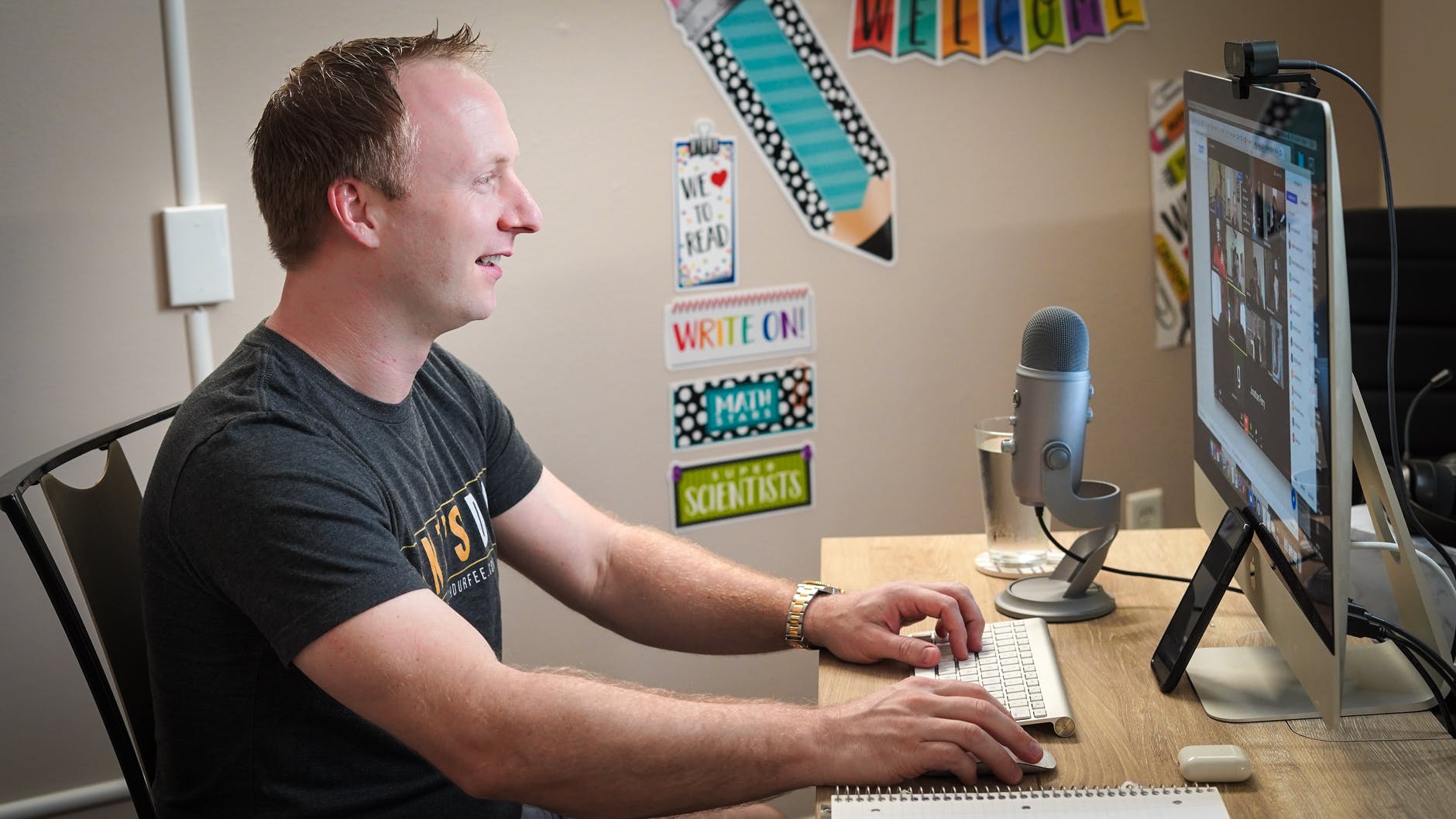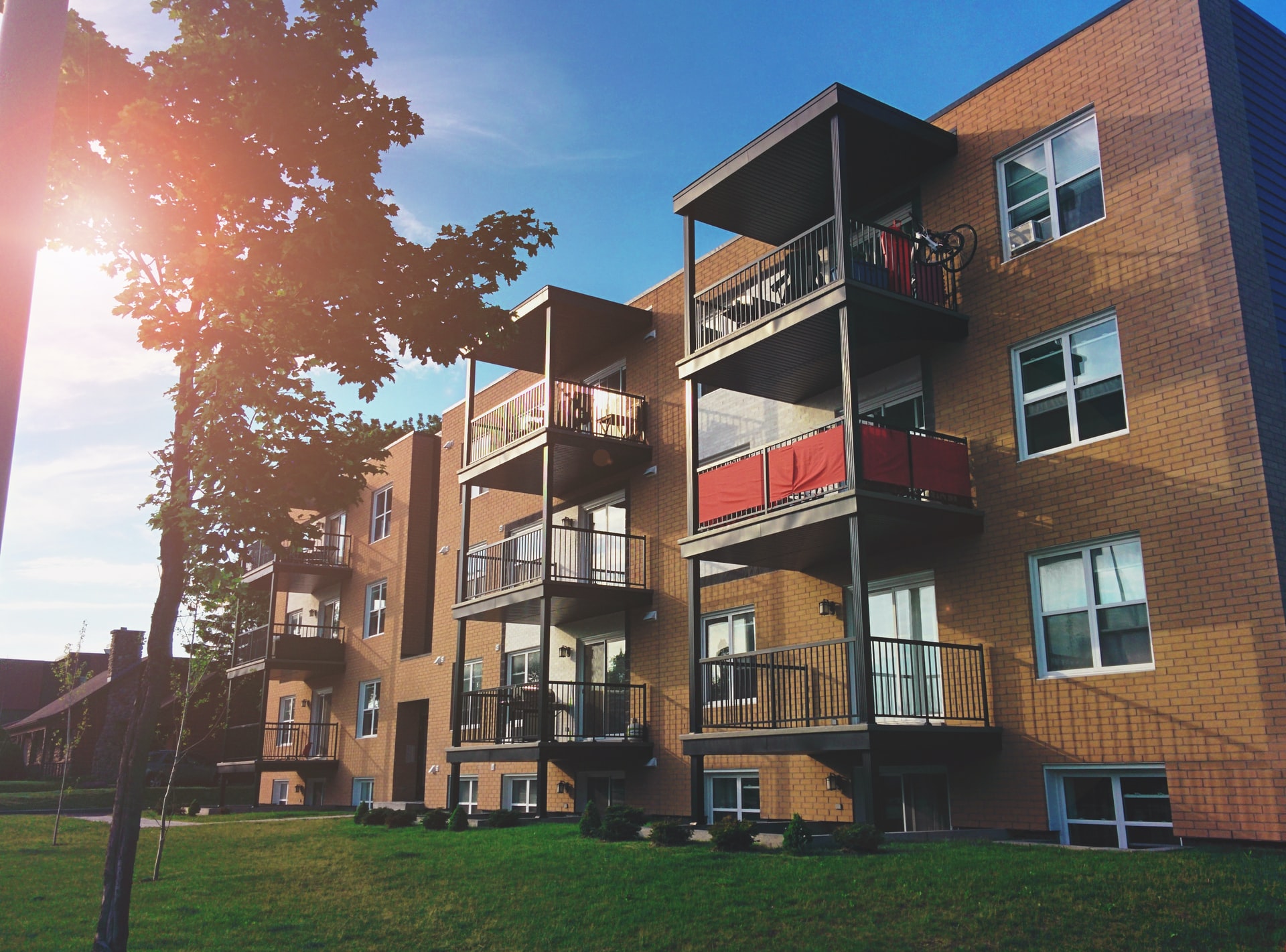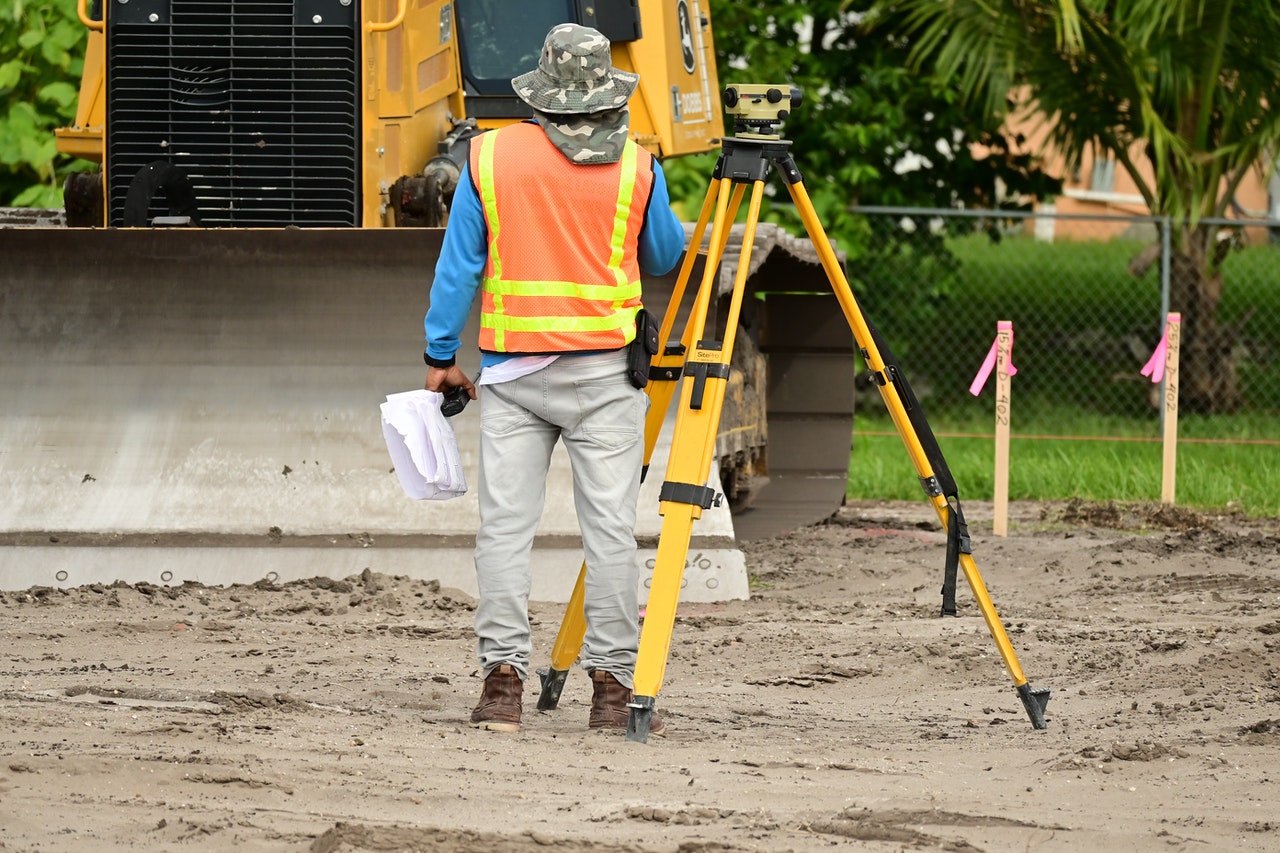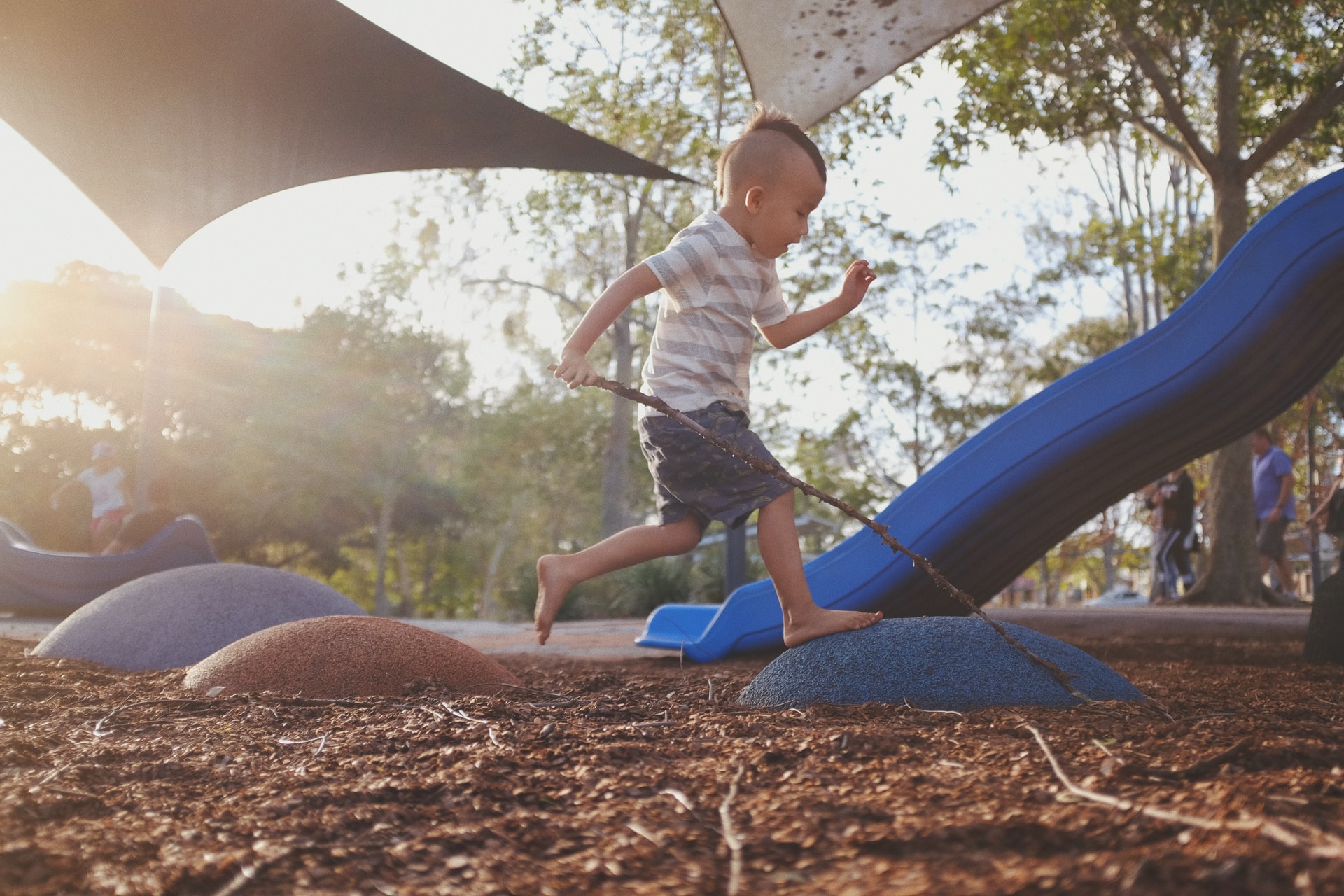It is thought the first playgrounds originated from sand gardens in Germany, back in the late nineteenth century. With industrialisation and urbanisation came concern for public welfare. Playgrounds were seen as a solution to cramped living spaces and social isolation. They allowed children to develop their physical and mental health through activity and socialisation. However, it wasn’t until nearly one hundred years later, in the twentieth century, that playgrounds began to take shape into what we commonly see today.
Playground Learning
You may be surprised to learn that outdoor play is one of the first ways that children naturally learn about science, technology, engineering, and mathematics (STEM). For instance, a child could be building a castle in a sandpit and learning how to measure, balance and mould before destroying it. As discussed at https://www.moduplay.com.au/, many STEM skills are learned along with physical skills, such as climbing and jumping, and social skills, like turn-taking and meeting new peers, whilst playing in a playground. With traditional play often being forgone for the ease of digital play, children are not developing as they should, with creativity being a casualty. Here are a few benefits of learning outside.
- Active Learning
Active learning or hands-on learning provides children the direct experience of learning, simply by doing. Hands-on learning provides an opportunity for focused reflection on what has been learned and the skills developed. This learning style is particularly beneficial for kinesthetic learners, however, isn’t restricted to young minds. In fact, research has shown that both adults and children mentally benefit from physical learning opportunities. In a playground, children can learn about balance and motion when on things like swings, climbing frames and slides, whilst having fun doing so.
- Investigation
Simple activities, such as attempting to dig a furrow in mud, can introduce children to the natural world around them, which could lay the foundations for STEM. Even playing in a sandpit, learning about balance and strength of materials when trying to construct a castle. Furthermore, with research demonstrating the link between movement and cognition, learning potential is limitless. Nature has an abundance of materials that can satisfy the curiosity of most children, if not all. For instance, one tree is likely to shed more than enough leaves for one class, in an array of colours and textures. These can be used to experiment with and can also be used to develop lessons in other subjects, such as English and art.
- Language Development
Research has shown that children learn motion verbs particularly quickly when completing activities that introduce meaning to these words or phrases. This is because the experience of physical activity becomes encoded with the linguistic data (words or phrases) acquired. In other words, our brains simultaneously connect words with sensory impressions and motor patterns. Therefore, whilst children are actively engaged in hands-on activities, introducing relevant new words or phrases will mean they will more than likely remember them. Talking with a child about their time at the playground and introducing new words can also be a good way to associate meaning to new words.
Playground Benefits
It is considered there are four learning styles, which are visual, auditory, reading/writing, and kinesthetic. Hands-on learning is a form of kinesthetic learning as it involves movement to acquire knowledge. An example would be learning to ride a bike or drive a car. It is a learning style that all of us will encounter at some point. The playground is a designated area for play where a child will regularly learn transferable through activity.
- Motor Skills
There are different types of playground equipment that can assist children with developing their motor skills. Swings allow a child to practice their fine motor skills when they are holding the chain that the swing seat is attached to. Gross motor skills are also developed when they combine this with bending and extending their legs to get the swing to move. Additionally, they are learning about velocity and motion.
These motor skills are also used when a child is on the climbing frame, thinking about how to navigate their body by swinging from one bar to another. This activity requires them to develop their coordination and balance during this process.
- Socialisation
Perhaps one of the most important things a child learns when at a playground is learning to take turns and being assertive to not allow another child to take their turn. Sharing is also another thing children learn, along with communicating with others. Social interactions at a playground help children to understand social cues, like body language and intonation.
Access to playgrounds is an important learning experience for children for all of the above reasons. They undoubtedly play an important part in the learning process that cannot be truly replicated in a classroom. So, although playgrounds cannot replace classrooms, research indicates they should be considered an invaluable place to learn. Therefore they should be considered a classroom of the future.






































